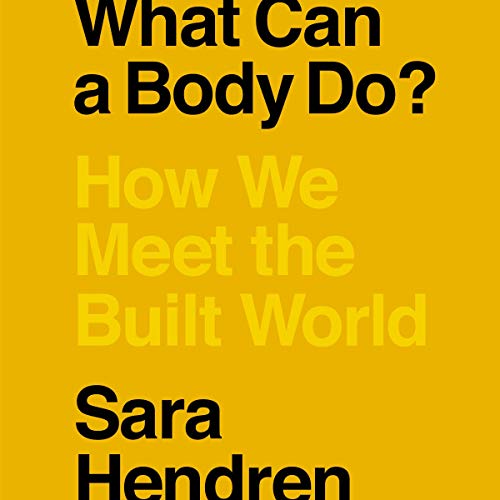This UW CREATE event has passed. Continue for a summary and to watch the entire online session. Sign up for future Reimagining Mobility Conversations.
To launch the Reimagining Mobility Conversation Hub series we could think of no better guest speaker than Sara Hendren. Part of reimagining is examining the current state of the world, reframing our viewpoints, and having the courage to try new things. Sara’s work really epitomizes this process.
Sara Hendren shared her perspective on the future of mobility and lessons she learned through writing her new book, What Can A Body Do? How We Meet the Built World.
In our Conversation Hub session, Hendren examined what it takes to move through the world with a disability, accounting for the affordances (or lack thereof) of the built environment and creative design that simultaneously facilitates participation and challenges ableist assumptions about design. She shared examples of how we can think past the better known examples of high tech prosthetics and universal design to also consider low tech, highly individualized access solutions. She discussed the universal human experiences of interdependence and dependence (rather than independence) as we navigate our world.
Hendren is an artist, design researcher, writer, and professor at Olin College of Engineering. Her work spans collaborative public art and social design that engages the human body, technology, and the politics of disability — such as a lectern for short stature or a ramp for wheelchair dancing. She also co-founded the Accessible Icon Project.
